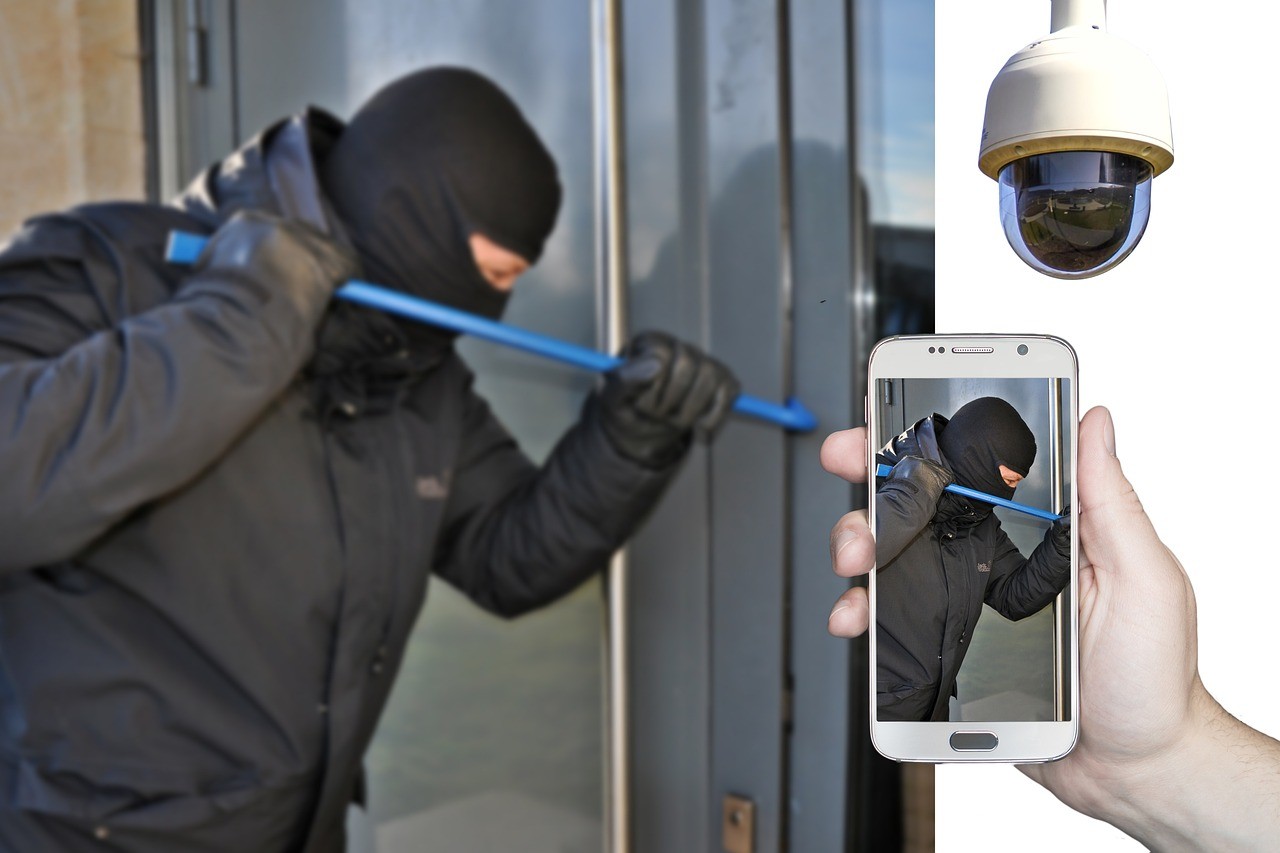Cable and Satellite prices get higher every day. Like a cell phone provider, they get you signed up with attractive offers that only last a portion of the time you have now contracted yourself to keep their service.
Are you tired of paying to watch your television? An outdoor TV antenna may be the solution for your home.
If you’re thinking that there’s too much hassle dealing with getting and keeping a signal, we have tips for you on how to boost your tv antenna signal strength and make television watching enjoyable once again.
Adjust Your Antenna Direction or Location
First and foremost, let’s cover what influences your antenna signal in the first place. The distance and direction of the TV station transmitters to your home as well as the height and the power of those very towers.
If you live within a few miles from the tower you should be able to get a fairly stable signal in your home with an indoor antenna.
It’s the distance and obstructions that cause problems with the indoor antenna and some research is required to find a better option for your home. There are two broad categories that antennas fall into, OmniDirectional and UniDrectional.
Omnidirectional Antenna
This antenna will receive a signal from every direction. Their field is a complete 360 degrees. This eliminates the concern of having to attempt to figure out which direction your antenna should be pointing.
If your signal is not great with an omnidirectional antenna, the solution is to try moving the antenna to another position on your rooftop. You may even need to consider pole mounting the antenna somewhere on your property.
Unidirectional Antenna
Unidirectional antennas have a beamwidth between 25 and 35 degrees. This is much more narrow than an omnidirectional antenna. The first step in finding the best way to boost your TV antenna signal strength with this type of antenna is to find out where the transmitters for your local television stations are and point the antenna in that direction.
These types of antenna are the best for areas where the broadcast towers are all in the same area or even if they are all in the same direction.
Install an Antenna Preamplifier
As the signal received by the television towers makes its way through the coax cable to your TV or network tuner, it tends to weaken. Sometimes the length of the cable can determine how strong or weak the signal is by the time it reaches your television.
If you’re splitting the signal to more than one location within the home, this will pose a problem as well. You are, in reality, splitting the strength of the signal. The solution to this issue is to install a preamplifier.
If you are installing one on your own you should be sure that the cable that runs from the preamplifier to the antenna is as short as possible.
The use of voltage blocks and lightning arrestors is essential when running the cable from the preamplifier to the power supply. No splitters should be used. If you are not knowledgeable in this process, it is advised to consult a professional to perform this task for you.
A preamplifier can greatly boost signal strength that has been decreased because of splitters and long cable runs. You can measure how much better your signal is.
Your signal strength is measured by decibels (dB). The higher the levels of decibels of an amplifier, the greater your signal will be increased. Be cautious though, this is definitely a case of too much of a good thing that can be bad. If you over-amplify your situation will be worse than a weakened signal.
There are preamplifiers that can be purchased that will measure the output of decibels. If you think you’re receiving too much of a boost, you can simply dial it down and then recheck your signal, repeating the process until you have an optimal image.
Install a Distribution Amplifier
The difference between a preamplifier and a distribution amplifier is that a distribution amplifier is good when the signal goes bad after the splitting. They are normally utilized inside the house and are fairly simple to use as they are just one piece.
Distribution amplifiers battle splitter loss especially when the splitting goes to several rooms. If you’re running many fields from a splitter to multiple televisions within the home, the distribution is a pretty simple cure to the weakened signals you will experience on every television.
Use the drop-amp instead of a splitter. Just be sure to remember that you will need an AC outlet no more than four feet from the drop-amp in order to provide power.
Antenna Stacking
Antenna stacking doubles the power of a signal by putting two antennas side-by-side or more commonly placing one antenna on top of the other, thus the procedure is called stacking).
Directing more than one antenna in the same direction ramps up the gain of the antenna and the range trends upward. Antenna ganging is only going to give you optimal outcomes when the antennas are metal-to-metal on point and facing the same direction with precision.
This will require the use of a coupler, combiner, or signal joiner. You can use any one of the three since they all accomplish the same goal- to combine two antennas and their two signals into a single cable going back to your television or your tuner.
As a rule, keep antenna lengths as short as possible and the exact same length so that the two antenna signals are joined “in-phase” (equal) to one another because they will cancel each other out if they aren’t and you’ll have worse reception rather than better and your levels of frustration will grow as well.
Perform Your Installation With High-Quality Coax Cable
There’s no way to stress the importance that should be placed on how valuable using a high-quality RG6 cable with good shielding and little or no signal loss. This is absolutely crucial.
The biggest enemy of high-quality repeatable signals getting to your HDTV antenna system is having your cable run way too far.
Keep the run as short as possible on the entire system and you will have the easiest time getting a clear picture on your television.
Types of Coaxial Cable
Cable sizes for television distribution in your residence will be one of three types:
The RG59 isn’t commonly used because it is known to have very bad signal strength, especially if there is a longer cable run. The RG!! has the least amount of signal loss over length but it’s very big and awkward, making it hard to work with for installation. It is also quite expensive in juxtaposition.
The RG6 is most commonly used for home installations. The signal loss may not be as good as the 11, but a 6-cable is easier to maneuver with the hands for the installation.
It may be more expensive than the 59-cable, but it gets a much better signal than the 59. The trade-off going both ways makes the 6-cable the best choice for your home.
Better Tech
In the end, you may realize that it all comes down to needing a better-quality antenna. If you can’t use an outdoor antenna that will get you a good enough signal, you are basically left with attempting an indoor antenna, which you likely won’t have much luck with.
At this point, it is a good idea to call in a professional for assistance on the outdoor antenna. There is a very good possibility they can make magic occur. Your other option is to buy a better quality television as well.
A quality television combined with a tuner box after a professional installation will leave you with your feet up in front of the television while your favorite channel is coming through crystal clear on your TV screen.
If you combine all of these tips and techniques and you have been successful congratulations! If you have tried everything and you are still finding that you’re catching channels that are freezing because your signal is still dipping way too low, you should really consider calling someone into your home to take over this project for you.
Sometimes, the best thing to do is throw up your hands, have a seat in your family room, and make a phone call to get help from someone who knows better than you. Certain aspects of the antenna installation can be dangerous.
Do not assume that you can do it yourself if you’ve never done it before. It is advisable to at least shadow someone with a working knowledge prior to attempting to carry out an outdoor antenna installation on your own. It may cost you a few dollars but it will be cheaper than a few cable bills assuredly!



